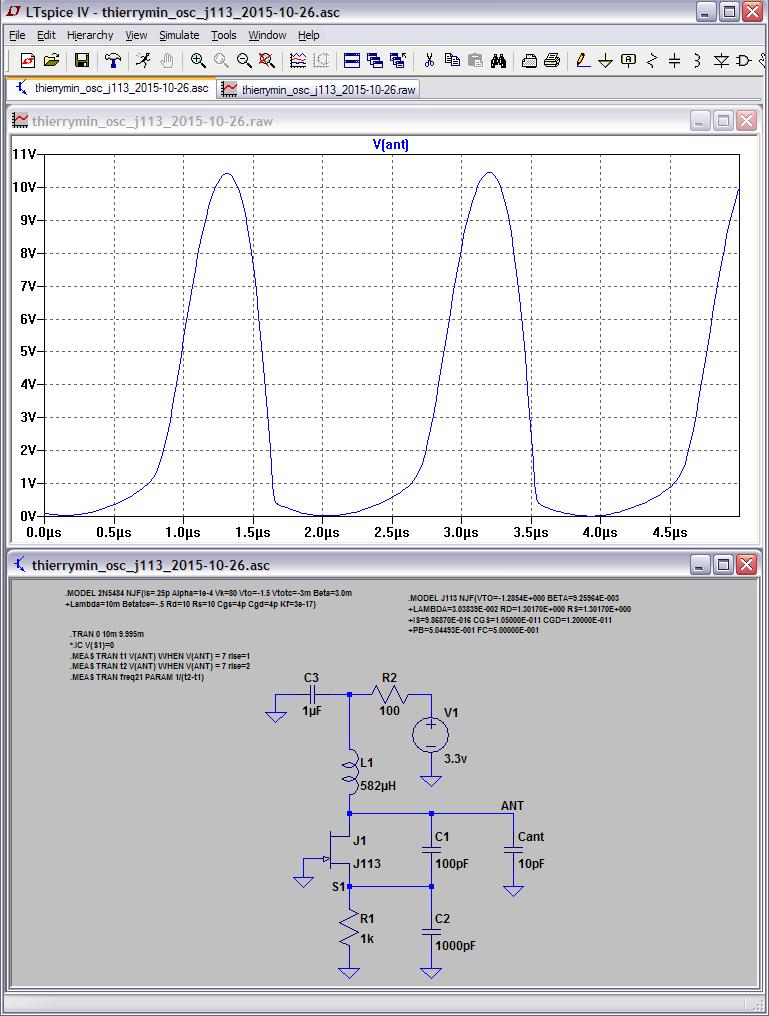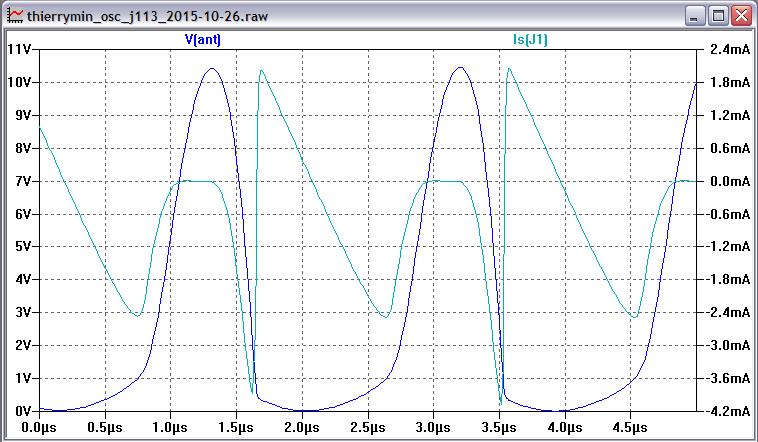Hello all, I've been stalking this thread for a while and am finally embarking on my theremin building odyssey, but I've just got a couple questions.
First if anyone has one of these on a breadboard, I'd very much like to see a picture of it as I'm trying to figure out the layout without messing around with ESD components (speaking of which, are those safe after being soldered on or is handling of the board verboten at that point?).
My next question regards what to do with the AUDIO output. I saw it mentioned that the Coke bottles used the LM386 amp, so for that would it be hooked up as in this typical app from the sheet (with Vin=AUDIO, Vs=6V, and an 8 ohm speaker on the output) or would I need more gain than the 20 provided by this application? (The output is an aspect that I must ignorant I'm wholly ignorant on as this is my first time working with sound and I don't know what the output will look like, much less what it should to produce sound after going through the amp)

Just as an aside about the application, I'm trying to build it as part of a circuit for a school project using a regulator with an enable that will allow me to provide the theremin power based on the output of two D F/F that will latch based on the user producing a particular motion followed by another within a time frame of a couple seconds. The theme of the project was measuring motion (and we had to use an accelerometer for it), and after learning about the theremin this summer I thought it would be well suited to continue the theme into what the motion detection would instantiate.
Thanks!
Myxl
![]()





